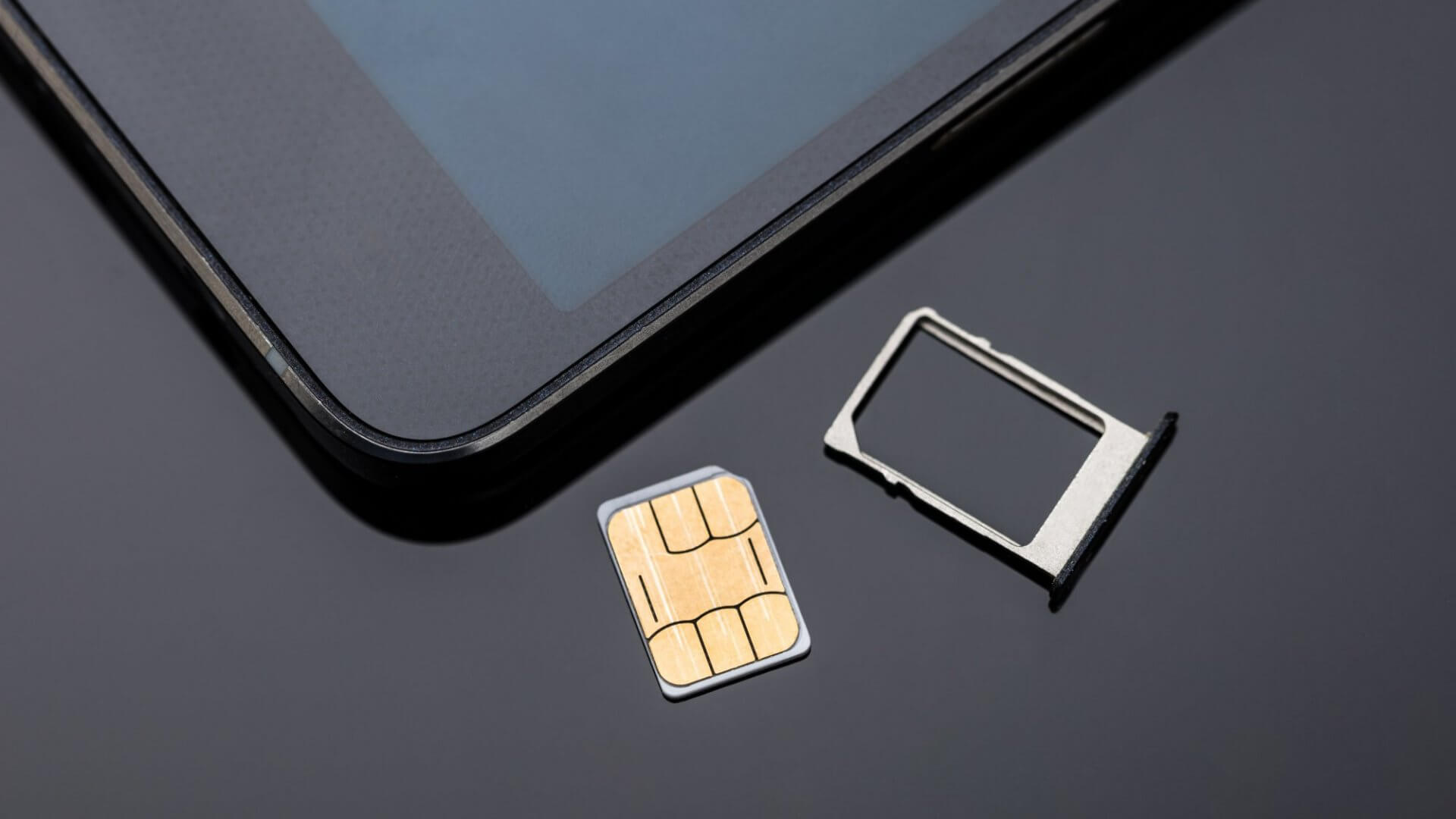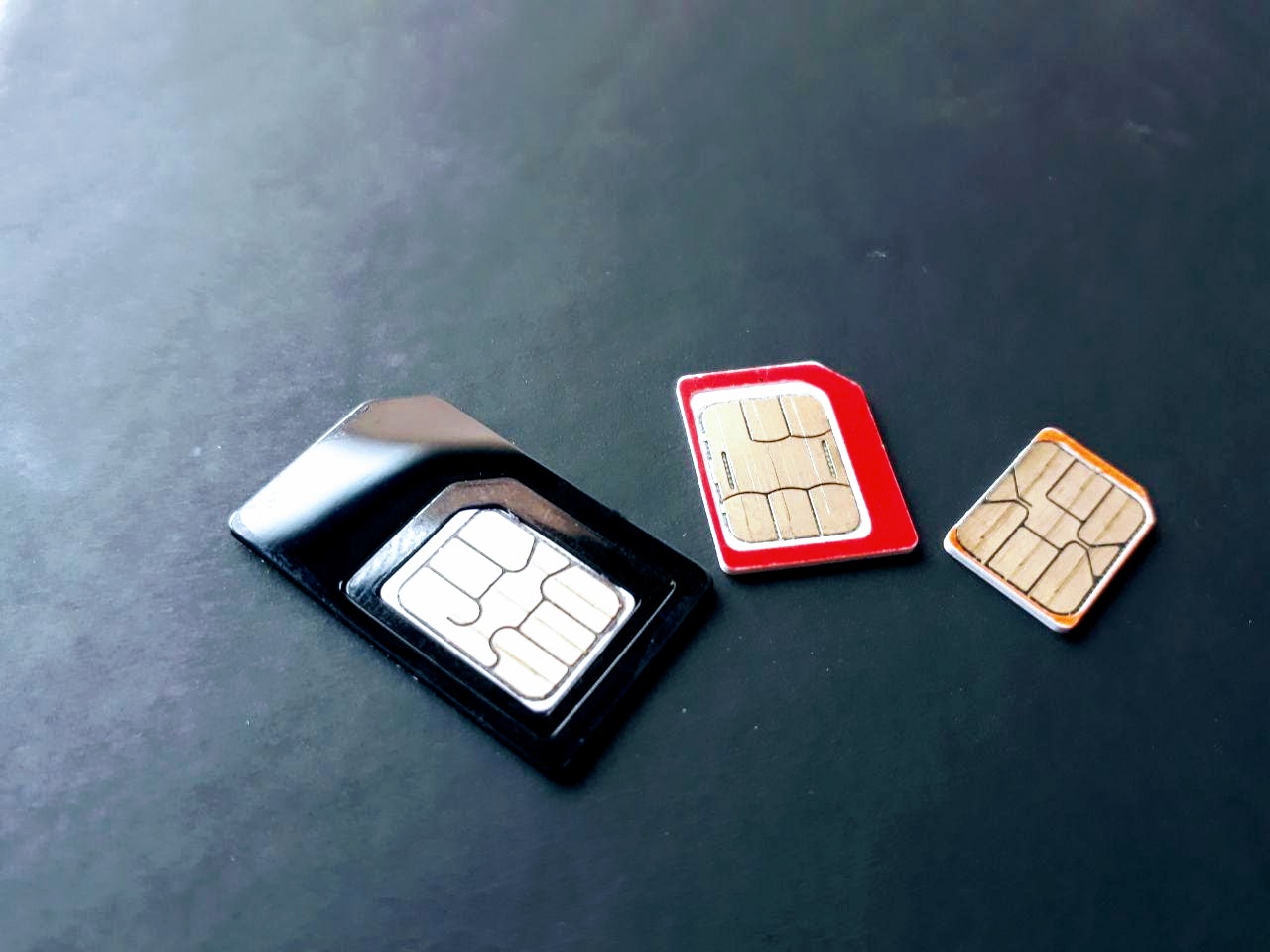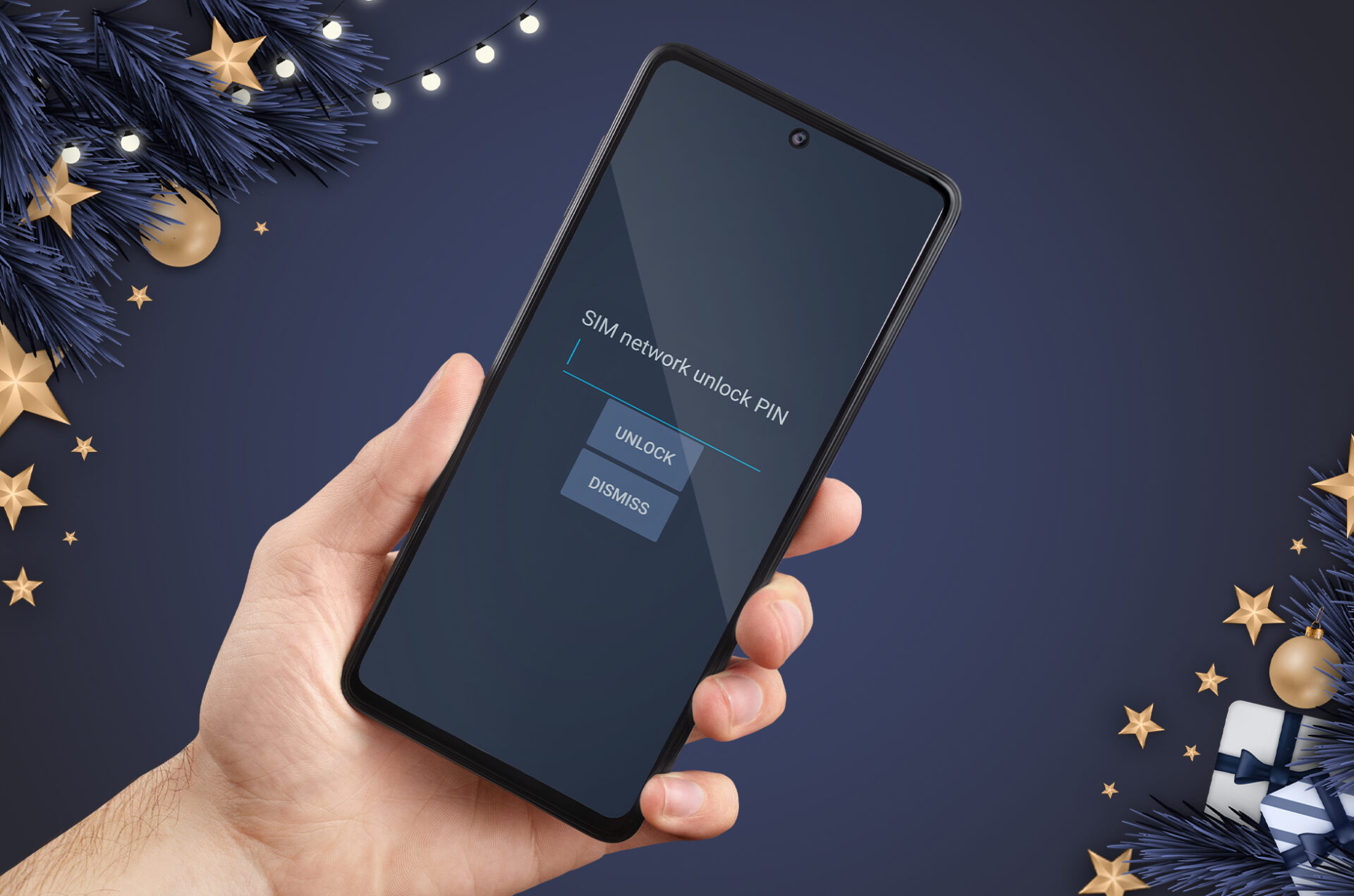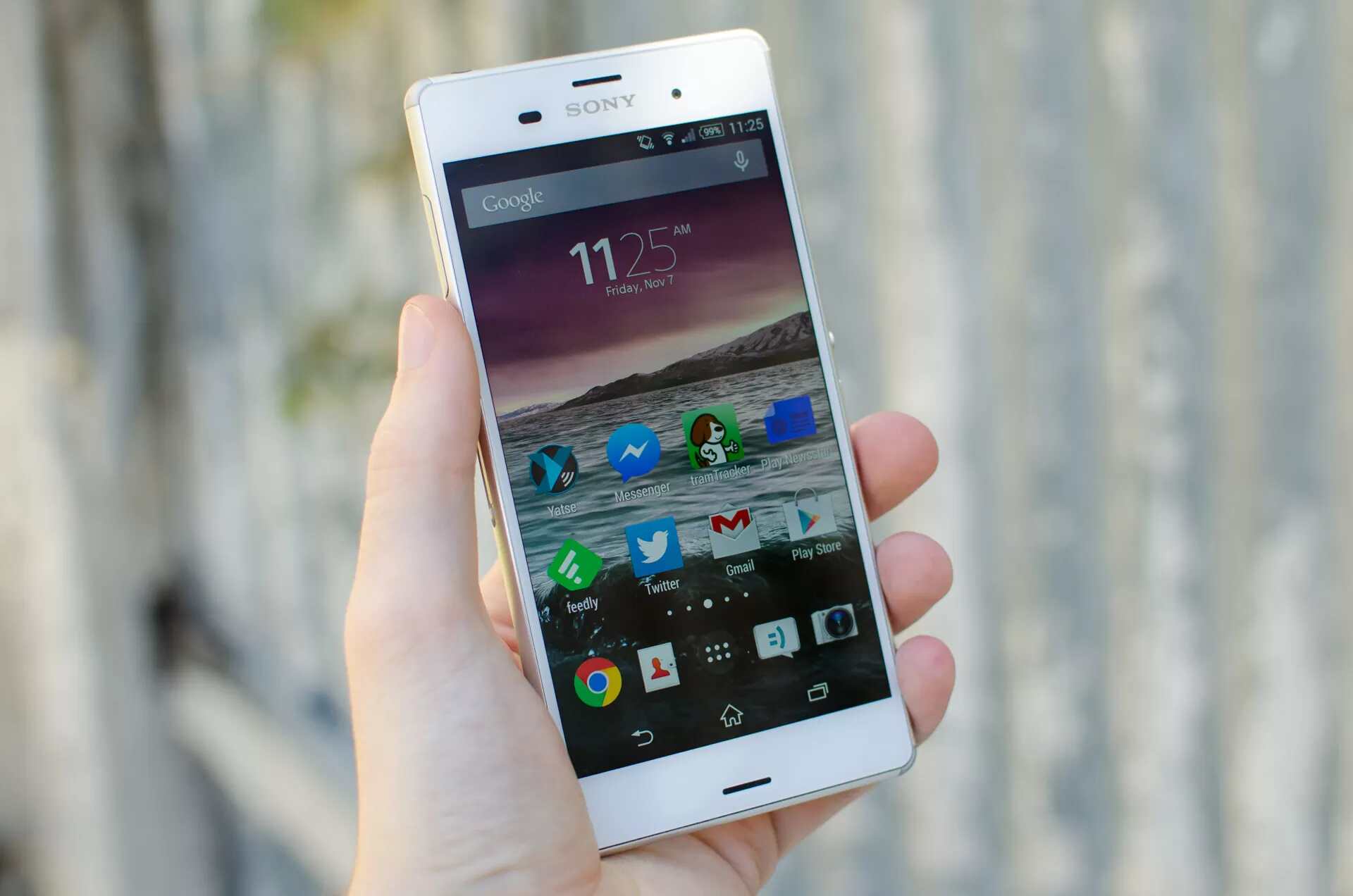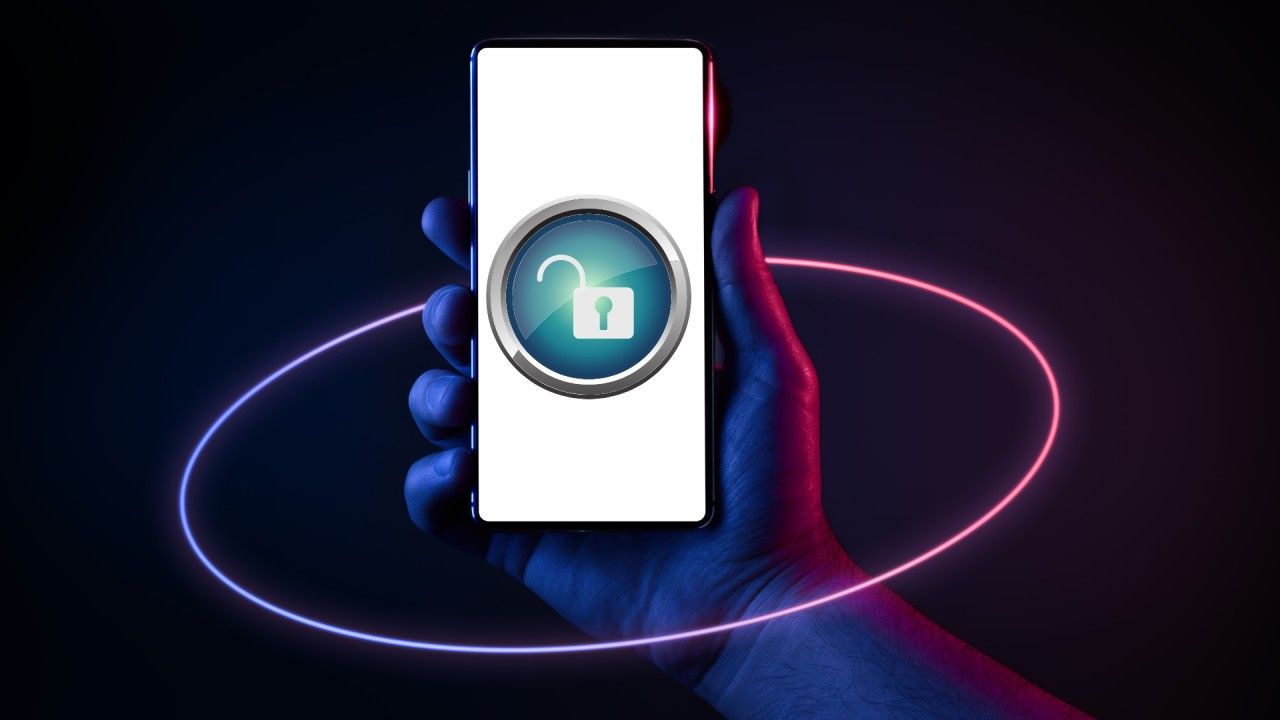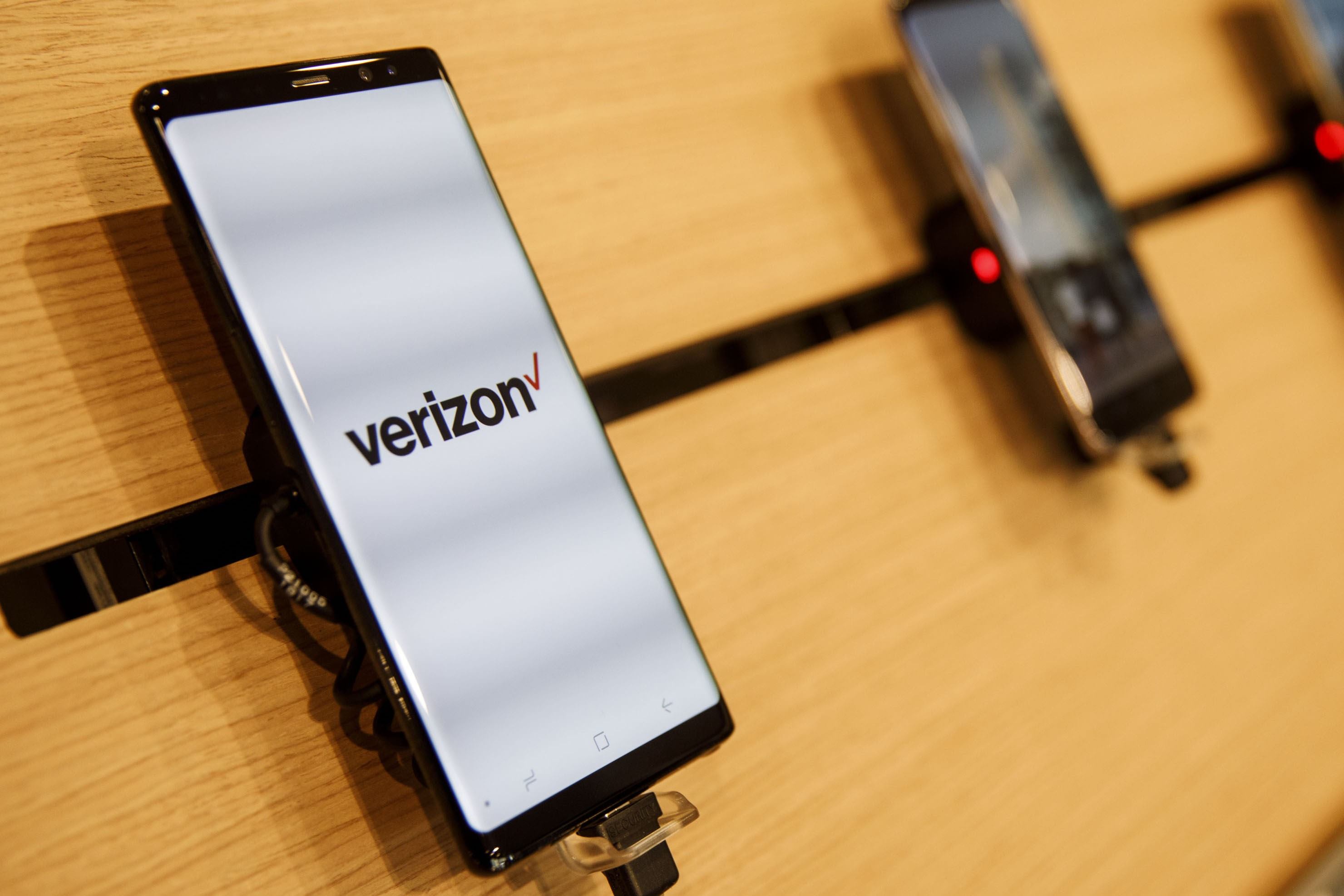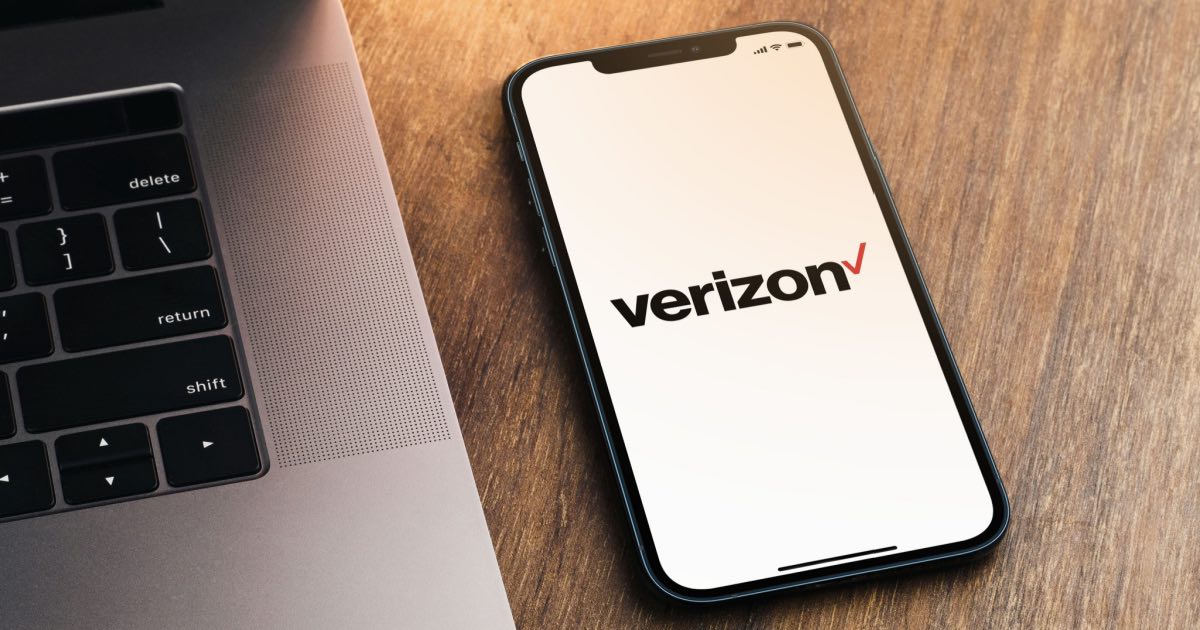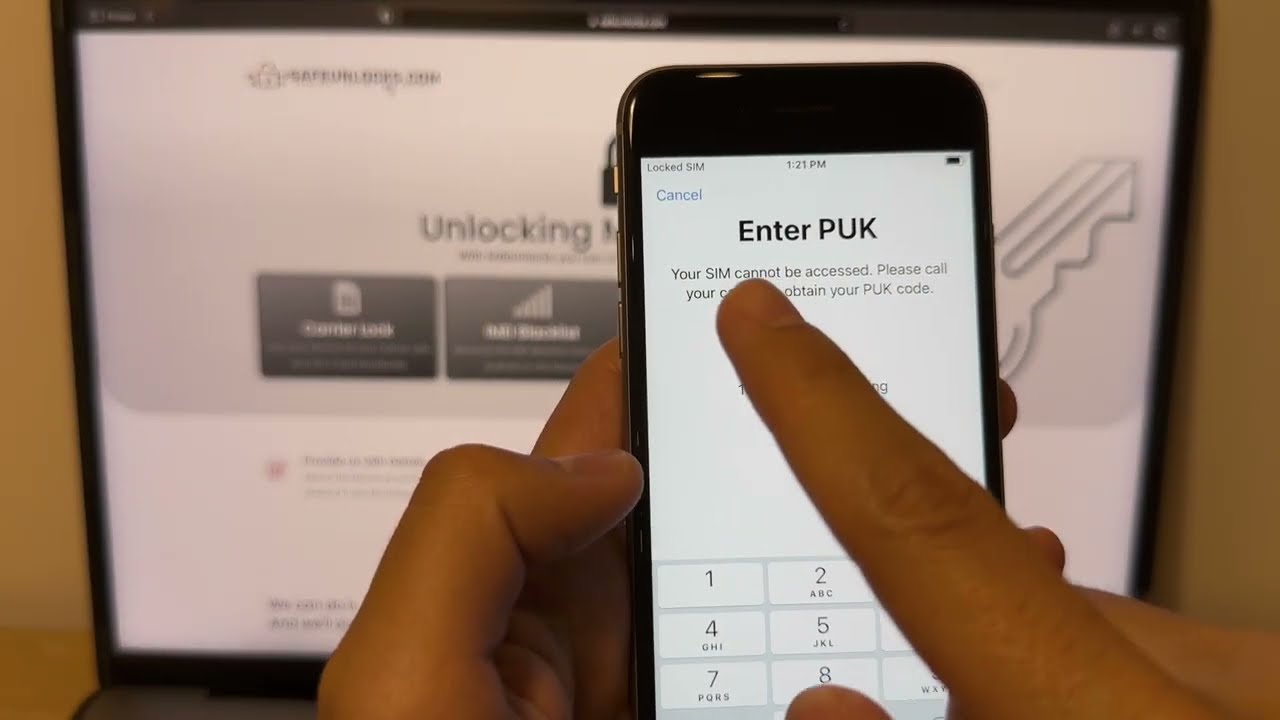Introduction
In the realm of mobile devices, the SIM card stands as a pivotal component, enabling users to connect with the world through calls, texts, and data services. However, the concept of a locked SIM card can introduce significant hurdles and frustrations for users. Understanding the implications and solutions related to a locked SIM card is crucial for anyone seeking a seamless mobile experience.
A locked SIM card can impede the functionality of a mobile device, causing inconvenience and limiting the user's ability to switch carriers or use their device in different regions. This issue is prevalent across various mobile devices and can arise due to several reasons, including contractual obligations, network restrictions, and security measures.
By delving into the intricacies of a locked SIM card, users can gain valuable insights into its effects and potential solutions, empowering them to make informed decisions and take necessary actions to address this concern. This comprehensive exploration will shed light on the impact of a locked SIM card on mobile devices, offering clarity on the associated consequences and the steps to unlock a SIM card, thus ensuring a smoother and more flexible mobile experience.
What is a Locked SIM Card?
A locked SIM card refers to a situation where the SIM card in a mobile device is restricted to a specific network provider, thereby limiting the device's compatibility with other carriers. This restriction is typically imposed by the network operator or device manufacturer, often as a result of contractual agreements or to prevent unauthorized usage of the device.
When a SIM card is locked, it can only be used with the designated network, preventing users from switching to a different carrier without encountering compatibility issues. This limitation becomes particularly problematic when users travel internationally, as they may face challenges in using local SIM cards to access affordable voice and data services.
Furthermore, a locked SIM card can hinder the resale value of a device, as potential buyers may be deterred by the restrictions associated with the SIM card. In essence, the locked status of a SIM card can significantly impact the flexibility and utility of a mobile device, limiting the user's freedom to choose and switch between network providers.
It's important to note that a locked SIM card is distinct from a locked phone. While a locked phone is tied to a specific carrier and cannot be used with other networks, a locked SIM card directly affects the compatibility of the SIM card itself, regardless of the phone it is inserted into.
In summary, a locked SIM card acts as a digital barrier, confining the user to a single network and impeding the device's adaptability to different carriers and regions. Understanding the implications of a locked SIM card is essential for mobile device users, as it directly influences their freedom to choose network providers and utilize their devices to their full potential.
How Does a Locked SIM Card Affect Your Device?
A locked SIM card exerts a profound impact on the functionality and versatility of a mobile device, manifesting in various ways that significantly influence the user experience. Understanding these effects is crucial for individuals seeking to comprehend the implications of a locked SIM card and navigate potential challenges associated with it.
1. Network Limitations
When a SIM card is locked to a specific network, users are constrained in their ability to switch to alternative carriers. This limitation becomes particularly cumbersome when users seek to change their network provider due to factors such as cost, coverage, or service quality. The inability to freely switch SIM cards impedes users from maximizing the benefits of competitive pricing and diverse service offerings available from different carriers.
2. International Travel Restrictions
For individuals who frequently travel internationally, a locked SIM card poses significant hurdles. When venturing to a different country, the option to use a local SIM card for affordable voice and data services is often hindered by the locked status of the original SIM card. This restriction can lead to exorbitant roaming charges and connectivity issues, hampering the seamless use of mobile devices during international travel.
3. Device Resale Limitations
The presence of a locked SIM card can diminish the resale value of a mobile device. Prospective buyers may be deterred by the restrictions imposed by the locked SIM card, affecting the device's marketability and potential resale price. This limitation underscores the broader implications of a locked SIM card, extending beyond the immediate user experience to impact the device's economic value.
4. Service Flexibility
A locked SIM card inhibits users from leveraging the flexibility and freedom associated with switching between network providers. This limitation is particularly pertinent in scenarios where users seek to explore alternative service plans, take advantage of promotional offers, or address changing communication needs. The locked status of the SIM card constrains users from adapting their mobile services to align with their evolving requirements.
5. User Convenience
Overall, a locked SIM card introduces inconveniences for users, restricting their ability to seamlessly transition between different network providers and adapt their mobile services to suit their preferences and circumstances. This limitation undermines the user's autonomy and convenience, detracting from the overall utility and satisfaction derived from their mobile device.
In essence, the effects of a locked SIM card permeate various aspects of the user experience, encompassing network flexibility, international usability, device resale potential, service adaptability, and user convenience. By comprehending these impacts, individuals can navigate the challenges associated with a locked SIM card and explore viable solutions to enhance their mobile device's functionality and versatility.
Understanding the Consequences of a Locked SIM Card
The ramifications of a locked SIM card extend beyond mere inconvenience, encompassing a spectrum of implications that directly influence the user's mobile experience. One significant consequence revolves around the restriction of network options. Users with locked SIM cards encounter limitations when attempting to switch to alternative carriers, impeding their ability to capitalize on competitive pricing, diverse service offerings, and superior network coverage. This restriction undermines the user's freedom to select a network provider that best aligns with their specific preferences and requirements.
Furthermore, the impact of a locked SIM card becomes particularly pronounced during international travel. The inability to utilize local SIM cards in foreign countries due to the locked status of the original SIM card can result in exorbitant roaming charges and connectivity issues, hindering seamless communication and data access. This not only diminishes the user's mobility and convenience but also leads to financial repercussions, as international roaming fees can accrue substantial costs.
Moreover, the presence of a locked SIM card poses challenges in the context of device resale. Prospective buyers may be deterred by the limitations imposed by the locked SIM card, potentially diminishing the device's marketability and resale value. This consequence underscores the broader economic impact of a locked SIM card, as it can affect the perceived value and desirability of the mobile device in the secondary market.
Additionally, the inflexibility introduced by a locked SIM card hampers users' ability to adapt their mobile services to changing needs and circumstances. This limitation diminishes the user's capacity to explore alternative service plans, promotional offers, and network options, thereby constraining their ability to optimize their mobile communication and data usage.
In essence, the consequences of a locked SIM card encompass network restrictions, international usability challenges, device resale limitations, service inflexibility, and user inconvenience. Understanding these implications empowers users to navigate the constraints imposed by a locked SIM card and explore viable solutions to enhance the functionality and adaptability of their mobile devices.
How to Unlock a SIM Card
Unlocking a SIM card is a pivotal step towards reclaiming the flexibility and versatility of a mobile device. Fortunately, several methods exist to unlock a SIM card, providing users with the opportunity to transcend the constraints imposed by network limitations and international usability challenges. Here are the primary approaches to unlock a SIM card:
-
Contacting the Network Provider: The most direct method to unlock a SIM card is to reach out to the network provider. By contacting the customer support team, users can inquire about the process of unlocking their SIM card. This typically involves providing the necessary details and adhering to the network provider's guidelines for SIM card unlocking. Once approved, the network provider facilitates the unlocking process, enabling the SIM card to be used with alternative carriers.
-
Utilizing Unlocking Services: Various third-party services specialize in unlocking SIM cards, offering a convenient solution for users seeking to bypass the restrictions associated with a locked SIM card. These services often require users to submit their device and SIM card details, following which they facilitate the unlocking process for a fee. It is essential to engage reputable and trustworthy unlocking services to ensure the security and integrity of the unlocking procedure.
-
Using Unlocking Codes: In some cases, network providers furnish users with unlocking codes that can be utilized to unlock their SIM cards. Users can obtain these codes by contacting the network provider and adhering to the prescribed procedures. Once the unlocking code is acquired, users can input it into their mobile device, thereby unlocking the SIM card and expanding its compatibility with different network providers.
-
Unlocking Through Software: Certain mobile devices can be unlocked using specialized software applications. These applications are designed to override the locked status of the SIM card, enabling users to utilize the device with diverse network providers. It is imperative to exercise caution and ensure the legitimacy of the software utilized for unlocking, as unauthorized or unreliable applications can compromise the security and functionality of the device.
By leveraging these methods, users can navigate the process of unlocking a SIM card, thereby transcending the limitations imposed by a locked SIM card and enhancing the adaptability and utility of their mobile devices. It is essential to approach SIM card unlocking with diligence and adherence to the prescribed guidelines to ensure a seamless and secure unlocking experience. Unlocking a SIM card empowers users to embrace network flexibility, international usability, and service adaptability, fostering a more enriching and unrestricted mobile experience.
Conclusion
In conclusion, the implications of a locked SIM card resonate deeply within the realm of mobile devices, exerting multifaceted effects that significantly influence the user experience. From network limitations and international travel restrictions to device resale limitations and service inflexibility, the impact of a locked SIM card permeates various facets of mobile usage, underscoring the need for users to comprehend its implications and explore viable solutions.
Unlocking a SIM card stands as a pivotal step towards reclaiming the flexibility and versatility of a mobile device, offering users the opportunity to transcend the constraints imposed by network limitations and international usability challenges. Whether through direct engagement with network providers, utilizing reputable unlocking services, obtaining unlocking codes, or leveraging specialized software applications, users have a spectrum of avenues to unlock their SIM cards and enhance the adaptability and utility of their mobile devices.
By understanding the consequences of a locked SIM card and navigating the process of unlocking it, individuals can empower themselves to make informed decisions and take necessary actions to address this concern. This proactive approach enables users to optimize their mobile communication and data usage, fostering a more enriching and unrestricted mobile experience.
Ultimately, the journey from encountering the limitations of a locked SIM card to unlocking its potential represents a pivotal transition for users, signifying the restoration of freedom, adaptability, and convenience within the mobile landscape. As users delve into the intricacies of SIM card unlocking, they embark on a path towards embracing network flexibility, international usability, and service adaptability, thus enhancing their mobile experience and reclaiming control over their device's functionality.
In essence, the journey from encountering the limitations of a locked SIM card to unlocking its potential represents a pivotal transition for users, signifying the restoration of freedom, adaptability, and convenience within the mobile landscape. As users delve into the intricacies of SIM card unlocking, they embark on a path towards embracing network flexibility, international usability, and service adaptability, thus enhancing their mobile experience and reclaiming control over their device's functionality.







